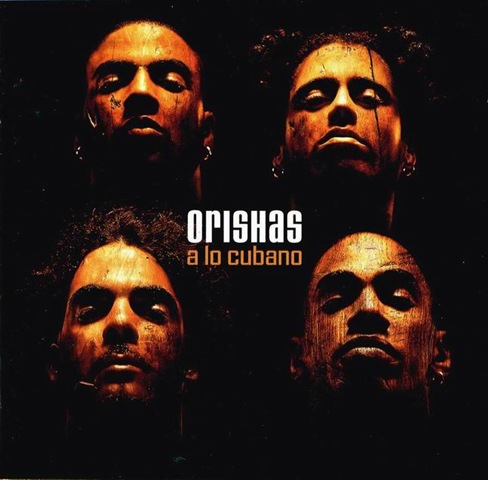12.4 Cuban Rap in the 20th Century (1980-1999).

Rap is a musical style linked to rhythm and blues, originating in the Black and Hispanic neighborhoods of New York City, United States. Linked to the hip-hop movement since the early 1980s, it integrates various currents, such as break dancing, graffiti, and scratch music.
Rap developed fundamentally in two ways: it broke its ties with funk and disco, and forced its correlation with break dancing, while radicalizing its street identity through autonomous forms and a specific, combative language.
In the first revelations of Rap, it can be said that it arose from the manipulations of disc jockeys, who fused one or several themes with the aim of obtaining a composition that would serve as a sound vehicle for the recitation of the soloist or a large group of performers.
Rap is characterized by short, repetitive rhythmic sequences and rhymes, fueled by slang, onomatopoeic effects, jokes, and slogans. It is conceived seemingly simply, with a rhythmic base as a musical background and a textual discourse with a certain intonation. In addition, the stable distribution of accents, emphasized by deictic gestures, gives it the genre’s special sense of rhythm, widely used today in other musical expressions.
In its early days, this musical form enjoyed limited distribution, as it rarely transcended nightclubs and was performed by Black people. Beginning in the 1990s, rap albums became a regular presence on Billboard magazine’s charts, and the style diversified, attracting white musicians to its ranks.
Although rap music reached our country in the 1970s and 1980s through shortwave radio broadcasts, it wasn’t until the 1990s, when it began to develop with youth groups, primarily made up of Black people, that it began to manifest itself in parks and on street corners in working-class neighborhoods, particularly in the provinces of Havana, Villa Clara, and Santiago de Cuba. It blended with rock, trova, and the recent salsa boom.
Some of the earliest groups were Amenaxa (The Threat) and Base de Primera (First Base). The main theme of their music was a critique of racial inequality and poverty in the country. They are composed almost entirely by the performers themselves.
At first, Cuban rap groups used American backgrounds, but later they sought to materialize their artists’ pursuit of musical authenticity. Cuban rappers began to blend it with other Cuban genres such as Son and Salsa; an example of this is the group SBS, who alternated between the two in their performances.
Other performers, such as Orishas, fused rap with Cuban musical genres, achieving a combination by using percussion and bass effects (generally limited to a short melodic-harmonic ostinato line) performed by drum machines or by sampling fragments of Cuban songs.
In their performances, the new generation of rappers addresses global events such as racism, war, and environmental pollution, and addresses harsh social issues.
Cuban rap exponents include: Obsesión, Primera Base, Los Reyes de la Calle, SBS, Orishas, Instinto, Pablo Herrera and his Cuban rap compilation “Allstars” and solo artists Addys D’Mercedes and Arisnubia Martínez Lores (La Fres-K), Doble Filo and Anónimo Consejo, among others.
Cuban rap groups are generally made up of young people from a wide variety of social backgrounds, primarily Black, with a strong male predominance. Almost none of them are professional artists or academic musicians; rather, they dedicate themselves to this musical genre out of passion and empirical knowledge. The difference between the groups lies in their performance style.
Also evident in Cuban rap is an element that is present in other Cuban musical genres: the solo-chorus structure.
Since 1995, Cuba has hosted Rap Festivals in Havana, offering a chance to appreciate the quality of performers and discover new artists.








